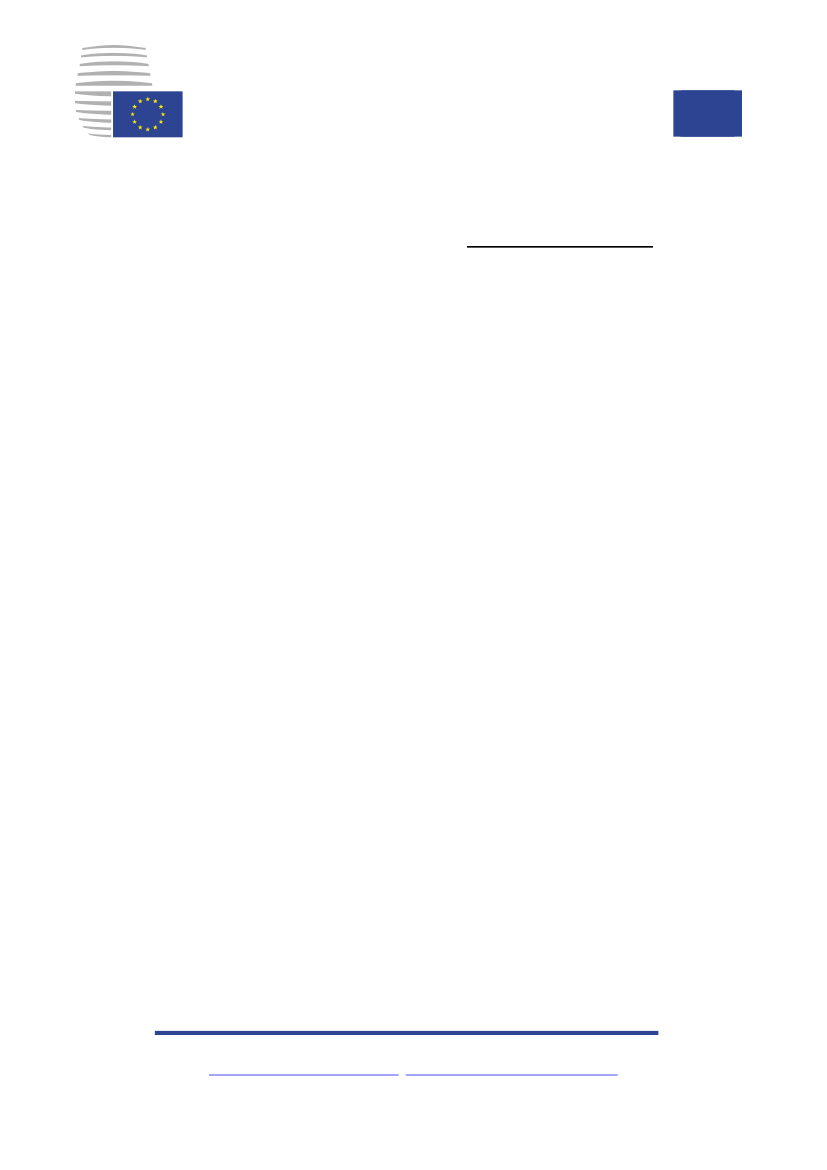
Council of the
European Union
13328/15
(OR. en)
PROVISIONAL VERSION
PRESSE 62
PR CO 54
EN
OUTCOME OF THE COUNCIL MEETING
3418th Council meeting
Agriculture and Fisheries
Luxembourg, 22 October 2015
President
Fernand Etgen
Minister for Agriculture, Viticulture and Consumer
Protection
PRESS
Rue de la Loi 175 B – 1048 BRUSSELS Tel.: +32 (0)2 281 6319 Fax: +32 (0)2 281 8026
[email protected] http://www.consilium.europa.eu/press
13328/15
1
EN